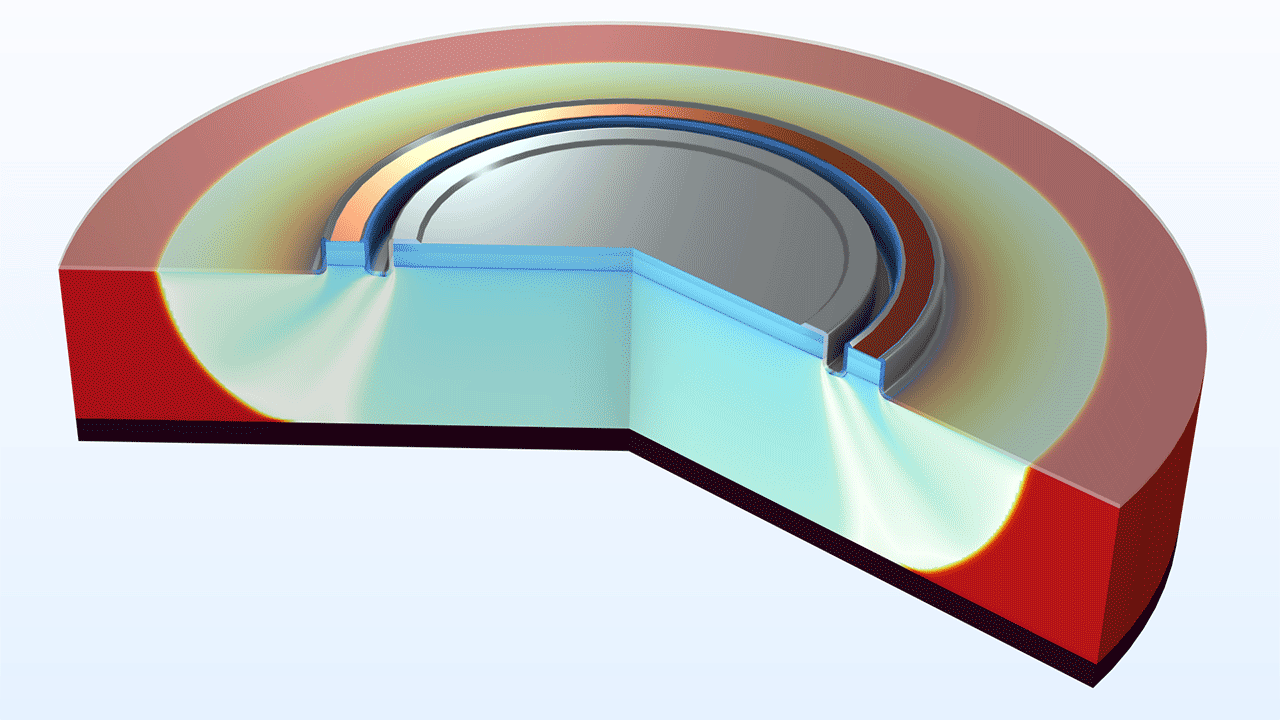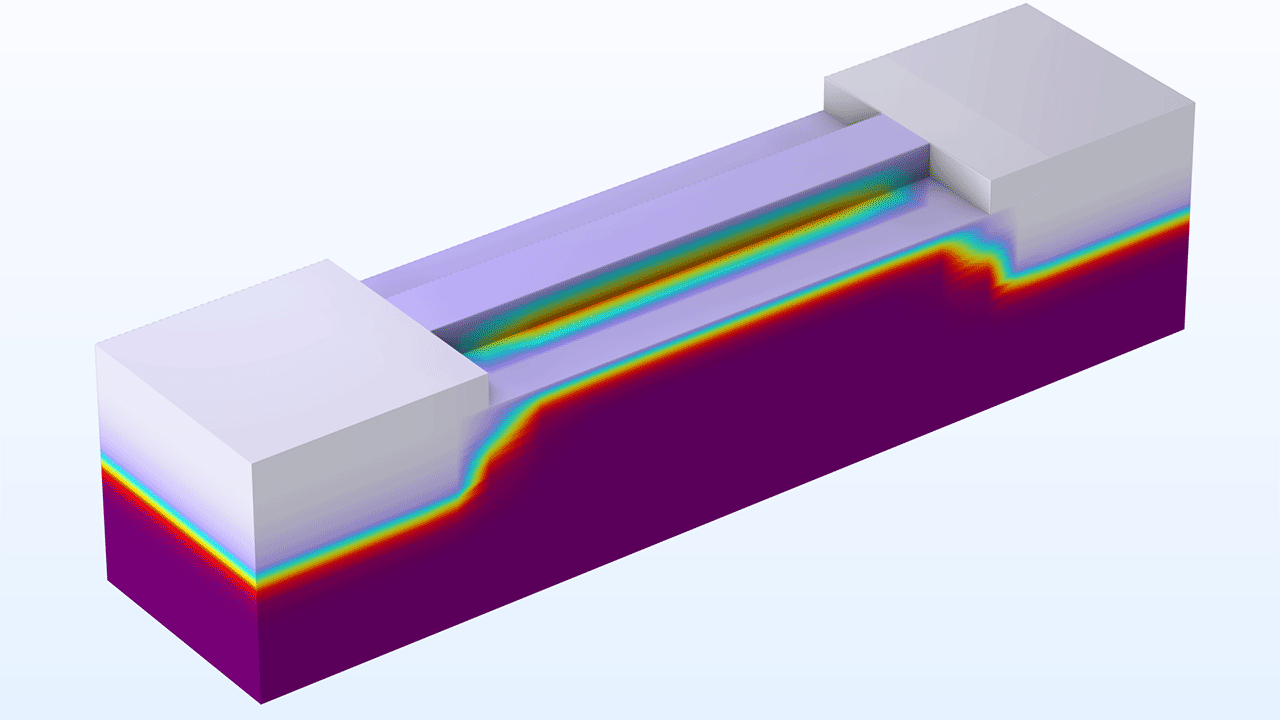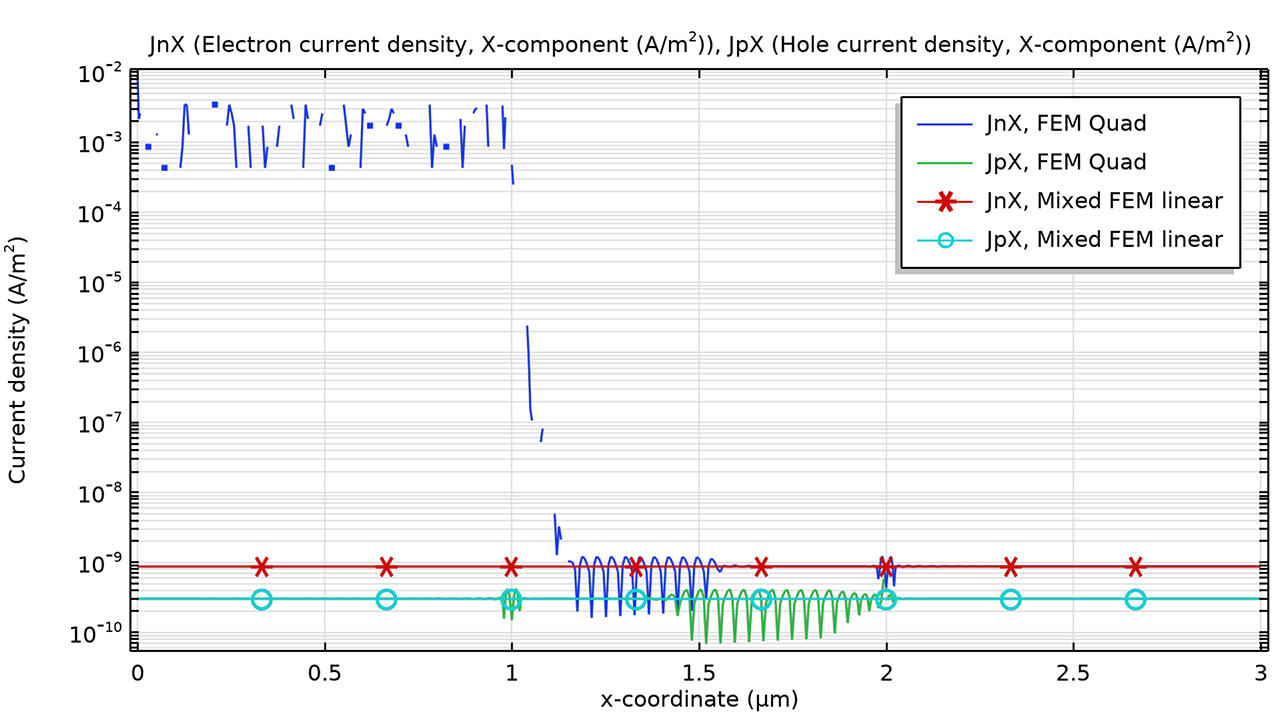Semiconductor Module Updates
New Transport of Charge Carriers Interface
The new Transport of Charge Carriers interface enables the modeling of charge carriers, such as electrons, holes, ions, and neutral species like molecules, and their excited states. It solves for the number density of these carriers, accounting for their transport and reactions. The interface handles drift, convection, and diffusion, driven by electromagnetic fields, flow fields, or concentration gradients. The interface can be used for various semiconductor and quantum systems, such as:
- Organic semiconductors when coupled with the Electrostatics interface
- Quantum mechanical models when integrated with the Schrödinger Equation interface
- Ion-sensitive field-effect transistors (ISFETs) when used with the Semiconductor interface
This new interface is featured in the Simulation of an Ion-Sensitive Field-Effect Transistor (ISFET) and Electrolyte-Gated Organic Field-Effect Transistor tutorial models.
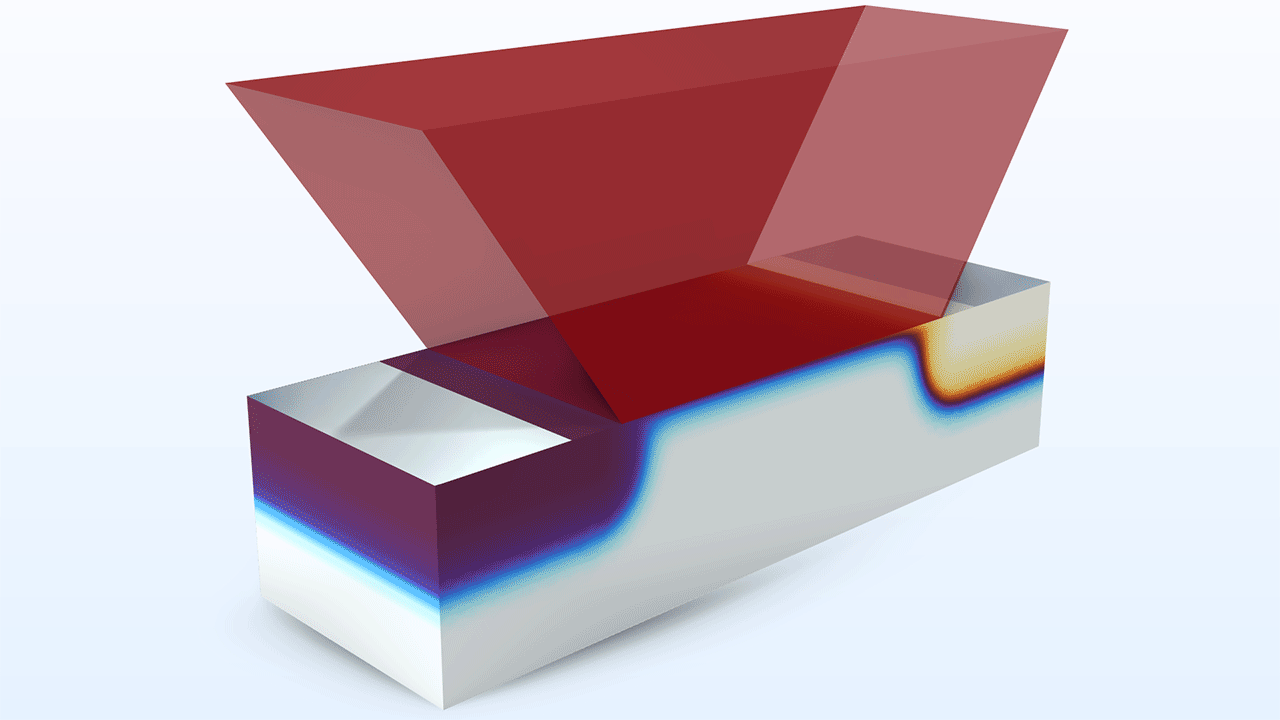
New Mixed Finite Element Method Solver Formulation
The new mixed finite element solver formulation improves the resolution of small-level dark currents, which are critical for certain semiconductor devices. Traditional solving methods typically struggle with the cancellation effects between the drift and diffusion currents. However, the new formulation offers a more accurate and reliable solution for resolving dark currents by introducing additional dependent variables for electron and hole currents as well as by using a divergence element to locally enforce current conservation. View this formulation in the new Reverse-Bias Leakage Current tutorial model.
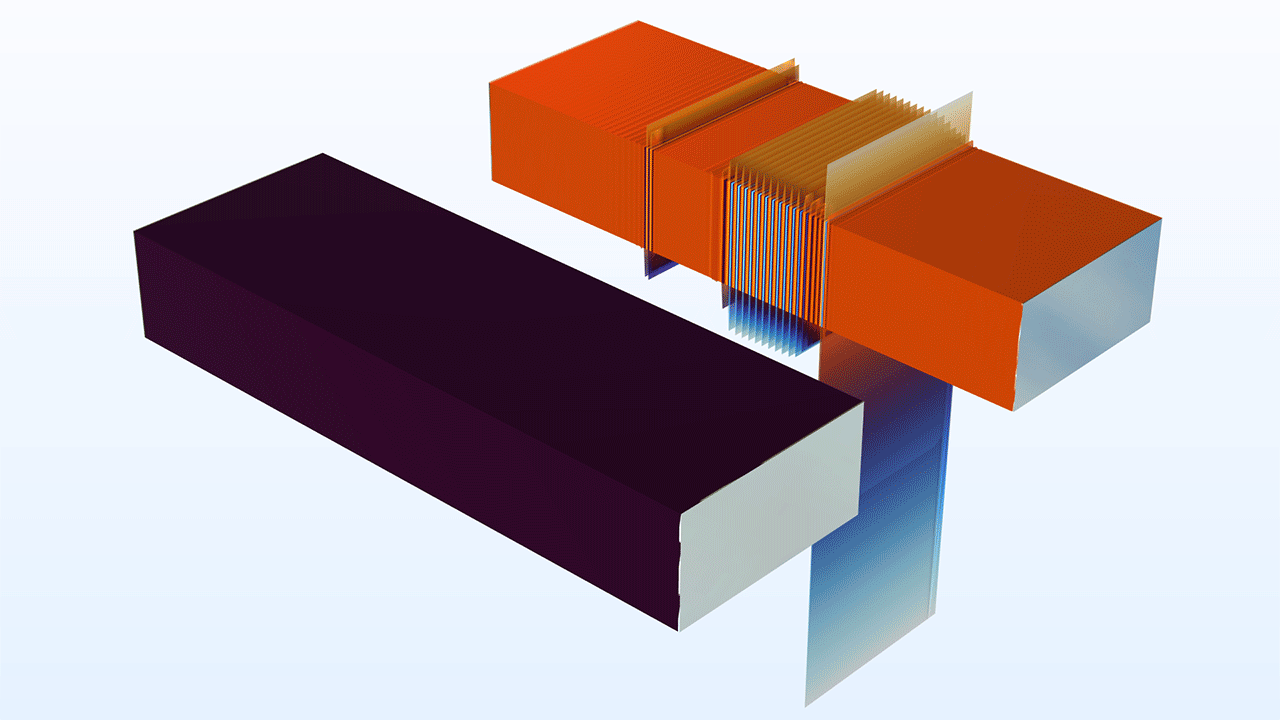
New Silicon Carbide Material Data
The Semiconductors material library has been updated to include new properties data for silicon carbide (SiC), such as impact ionization, direct recombination, the Arora mobility model, the Caughey–Thomas mobility model, and more. View this update in the new Silicon Carbide Diode Breakdown tutorial model.
New Tutorial Models
COMSOL Multiphysics® version 6.3 brings several new tutorial models to the Semiconductor Module.
Silicon Carbide Diode Breakdown
Fin Field-Effect Transistor (FinFET)
MOSFET with Explicit Metal and Dielectric Domains
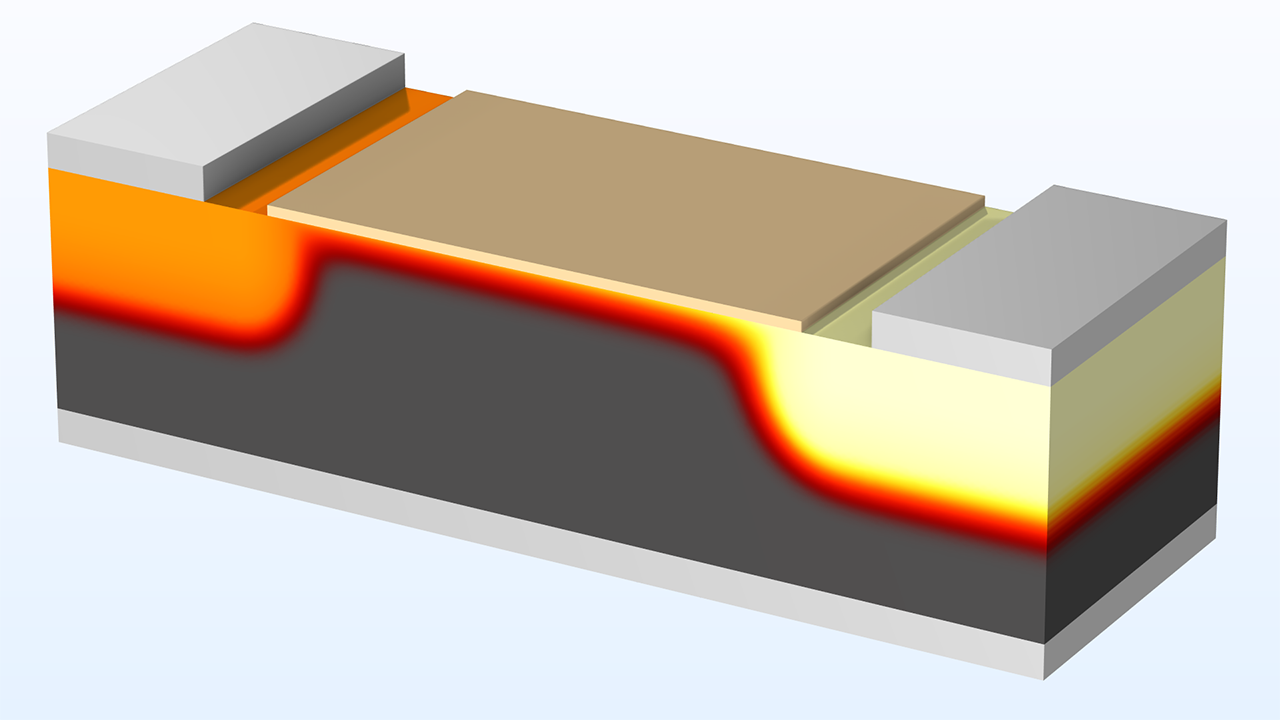
mosfet_with_explicit_metal_and_dielectric
Download from the Application Gallery

